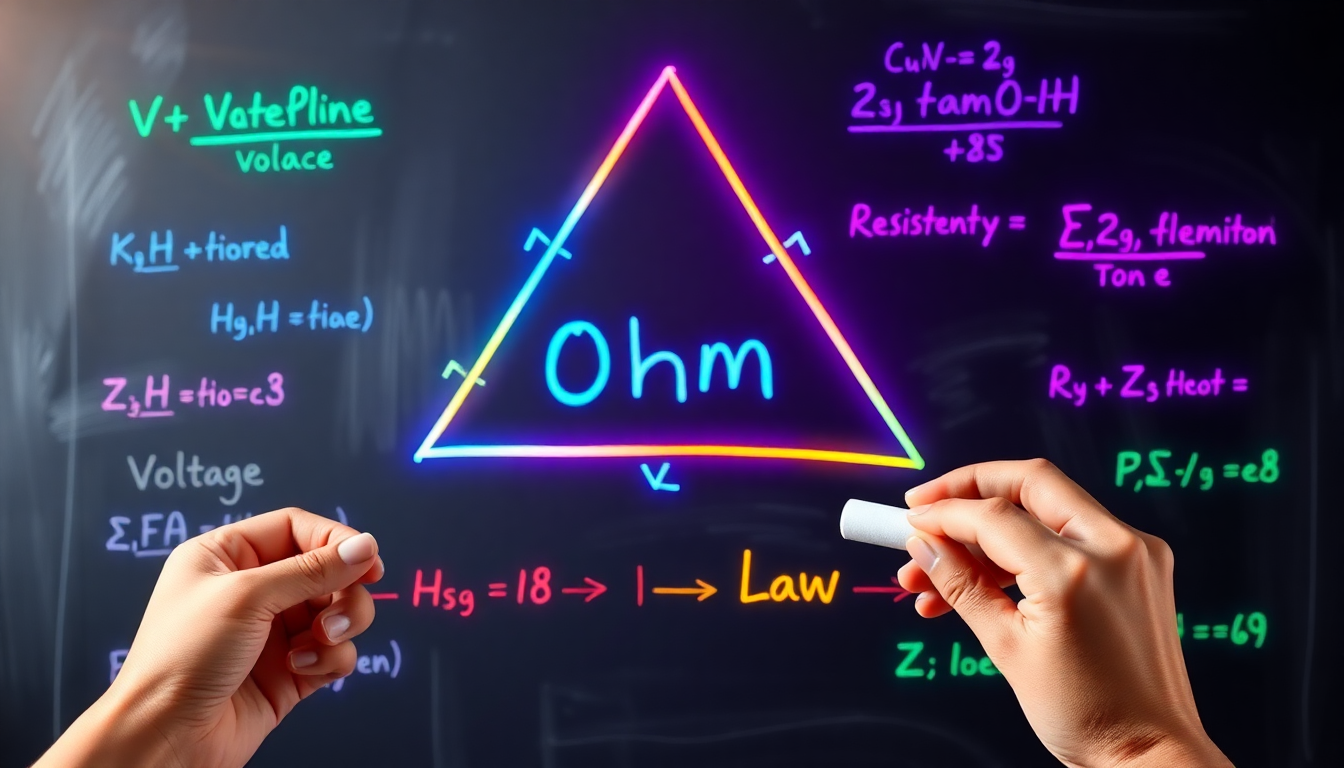Setting up an electronics lab for modern school classrooms has become a necessity to provide hands-on learning experiences that help students to comprehend abstract engineering concepts. However, for many schools and small colleges, traditional electronics labs can be expensive and challenging to maintain. In this post, we will introduce an effective and affordable solution that can help you set up an electronics lab that fits your needs and budget.
Electronic Lab Equipment
When setting up an electronics lab, the essential pieces of equipment needed includes a power supply, multimeter, function generator and oscilloscope.
-
Power supply: provides stable and adjustable DC voltage to circuits
-
Multimeter: measures parameters like voltage, current, resistance, continuity...
-
Function generator: produces signals such as sine, square, triangle, pulse...
-
Oscilloscope: displays the waveforms of circuits for testing and debugging

Tools
In addition to the essential equipment, some tools are necessary for circuiting and prototyping, such as a breadboard, wire strippers and tweezers.
-
Breadboard provides a circuiting platform to build circuits without need for soldering
-
Wire strippers can cut and strip the insulation from wires and making them ready to connect on breadboard
-
Tweezers are used for precise placement of components and for adjusting small parts
By having these essential tools in your electronics lab, you can build and test circuits efficiently and effectively.
Electronic Components
In addition to equipment and tools, you will also need electronic components to build circuits. Typical electronic components include wires, resistors, capacitors, diodes, transistors, and integrated circuits.
-
Wires connect components and create electrical pathways in circuits
-
Resistors are used to limit or regulate the flow of electrical current in a circuit
-
Capacitors store electrical energy and smooth out voltage fluctuations
-
Diodes can control the direction of current flow in a circuit
-
Transistors are used to amplify and switch electronic signals
-
Integrated circuits contain several electronic components on a single chip and are used to perform complex functions.
By having a range of electronic components in your electronics lab, you can build a variety of circuits and explore various electronic concepts.
If your electronics workshop involves working with hazardous materials or substances, such as solder, flux, or chemicals, it may be necessary to have a wash station for students to clean their hands and tools. A wash station can help prevent the spread of potentially harmful substances and maintain a safe and clean working environment.

In summary, the need for hands-on learning experiences in electronics education has become increasingly vital. Traditional electronics labs can be expensive and challenging to maintain, making it inaccessible for many schools and small colleges to offer electronics related programs. By introducing our affordable and effective portable solutions, these schools can now provide their students with a practical learning experience that fits their budget. Investing in an electronics lab can provide long-term benefits for both students and institutions, helping to prepare students for future careers in STEM fields while creating a more engaging and interactive learning environment.































